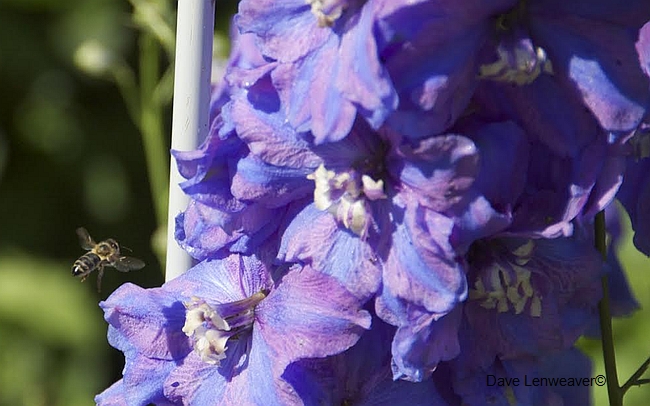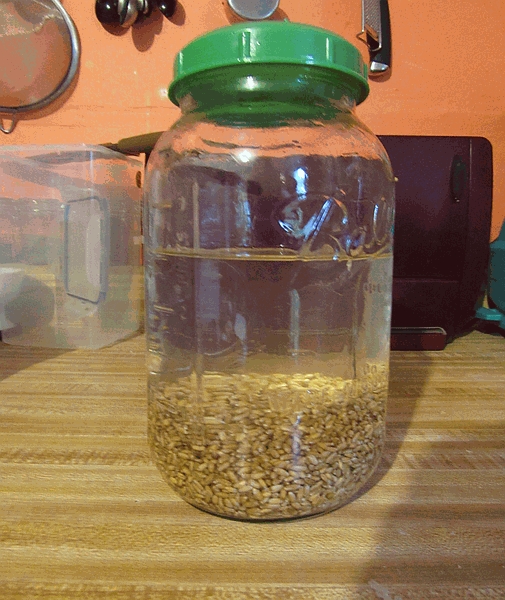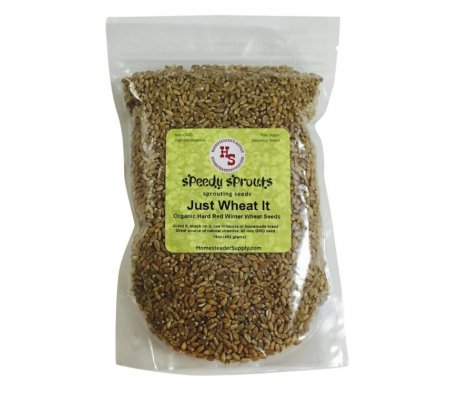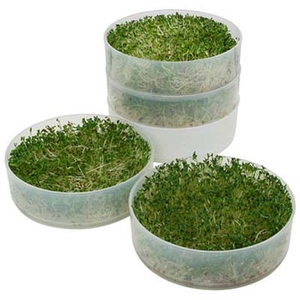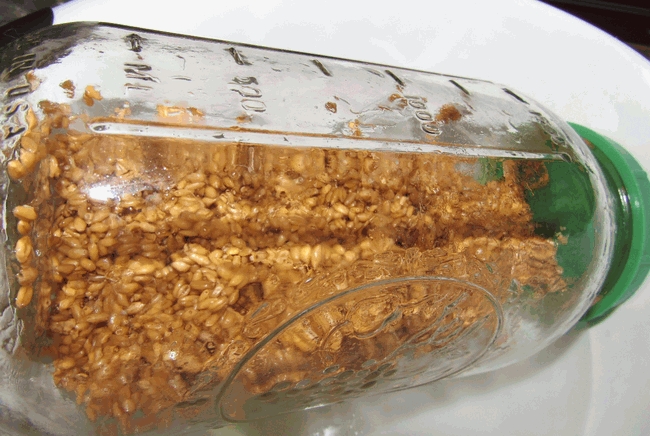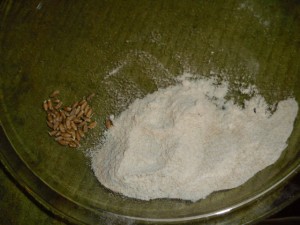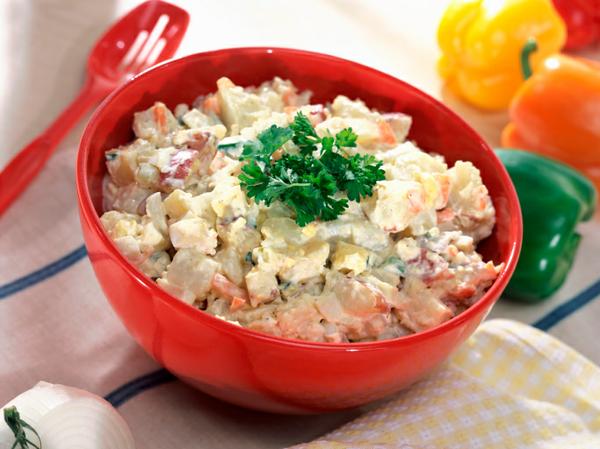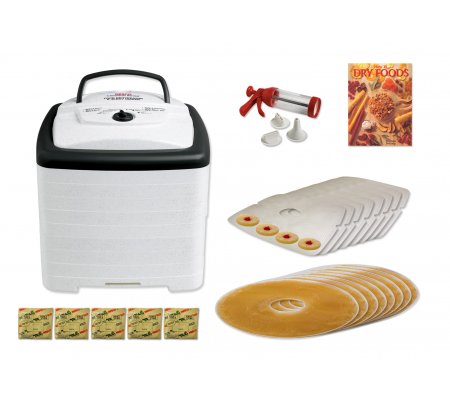This week’s blog was written by Dave Lenweaver. It’s the second part to last week’s blog, Why Now is the Perfect Time to Start Beekeeping.
How expensive is beekeeping?
You can get your start in beekeeping with equipment for about $200-$250, the bees will be another $120-$150 depending on your area and if you buy nucs or packages.
New beekeepers should start out as early in the spring as one can obtain bees. This gives the bees a chance to build up and be ready for nectar and pollen season, at least in the norther parts of the country. Southern parts of the country have longer nectar and pollen seasons and you may be able to start later.
If the colonies are weak going into winter you stand a good chance of losing them to cold or starvation. Hive loss can be as great as 60% of an apiary without the challenge of a weak colony so be prepared with good strong bees.
In addition, you will want to have at least two additional supers per colony ready to add when the nectar is flowing or the bees want to swarm. Beekeeping is no fun when you are scrambling to find equipment to add to a packed colony.
None of these costs include an extractor, which can cost as little as $150 or as much as $1,000 and up.
Is beekeeping time consuming?
Yes and no. For the most part you will install your bees and walk away with occasional checks on the colony for pests and overall health of the colony. you should check your bees every week to two weeks, which as you become more experienced will take as little as 10 minutes per hive to as long as 30 minutes if you are nosy. As you progress you’ll soon realize that the less you poke about the better off the bees are.
When your bees have made enough honey for you to harvest your time investment will increase. Count on at least an afternoon if you have only one colony, longer if you have more.
You’ll also find you are thinking about the bees way more than you would have imagined.
Wrap up
With beekeeping it’s a guarantee you will learn patience. When you are checking the hives you need to move deliberately, slowly, and with purpose. The bees can sense when you are pushing it. You’ll also learn more about the natural world around you such as when trees blossom and their names and characteristics as well. Through beekeeping your interest in other insects will be heightened as you see other bugs in the garden or apiary.
You’ll come to better appreciate the seasons as well. You’ll long for the cherries to blossom and know that the apples, dandelions, and locust trees are coming into bloom soon.
As you can see there are many variables to beekeeping. It can be an exciting hobby while being frustrating at the same time. You’ll jump for joy when you see the queen or evidence she is laying eggs and experience sadness when the colony you nursed through summer dies in the winter. This is the natural world and it isn’t always what we want.
Beekeeping is not difficult, nor is it easy. Especially when things start to go wrong. However, it can be a great teaching experience for children and adults helping to bring families closer together.
Recommendations
Read, read, read, and read. When you are tired of reading watch Youtube beekeeper videos. One needs to be as fully informed as possible going into this hobby. We waited six years before starting our apiary so we would be positive we knew what to expect.
Start with two colonies. Nucs from a local supplier would be my preference. They are accustomed to your local climate and have a better chance of surviving cold or inclement weather. Package bees from Florida or California would have a more difficult time making it through a harsh winter. Two colonies gives you something to compare against as well. If one is strong and one is weak find out why.
Have extra equipment on hand. When the nectar starts flowing or the bees look eager to swarm is no time to go online and order new supers and frames. Have them ready.
Learn to use your judgement and intuition with the bees. You can learn from others’ good ideas and from things that seem real dumb as well. Let someone else do the dumb thing while your bees stay safe and you learn from it. Be aware.
Enjoy the bees. Relax. Grab your tea or coffee, take a chair out to the apiary and watch the bees as they go about their daily activity. Your presence is of no concern to them as you sit to watch them come and go. The big lesson from observation is the bees are fine without our intervention. We are there to assist them when needed and learn of the natural world around them when not. Be silent and enjoy their humming, sniff the air to smell the blossoms and the odor of the hive. Look at the ground to see what new insect you find.
Nature is an amazing teacher and beekeeping can be a portal to a better understanding of the world around us. Enjoy.

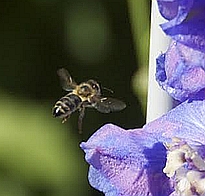 Okay, that’s a little misleading but very good advice. With all the news about honey bees dying and Colony Collapse Disorder (CCD) it seems everyone wants to start beekeeping. But before you jump in here’s some advice from a second year beekeeper.
Okay, that’s a little misleading but very good advice. With all the news about honey bees dying and Colony Collapse Disorder (CCD) it seems everyone wants to start beekeeping. But before you jump in here’s some advice from a second year beekeeper.